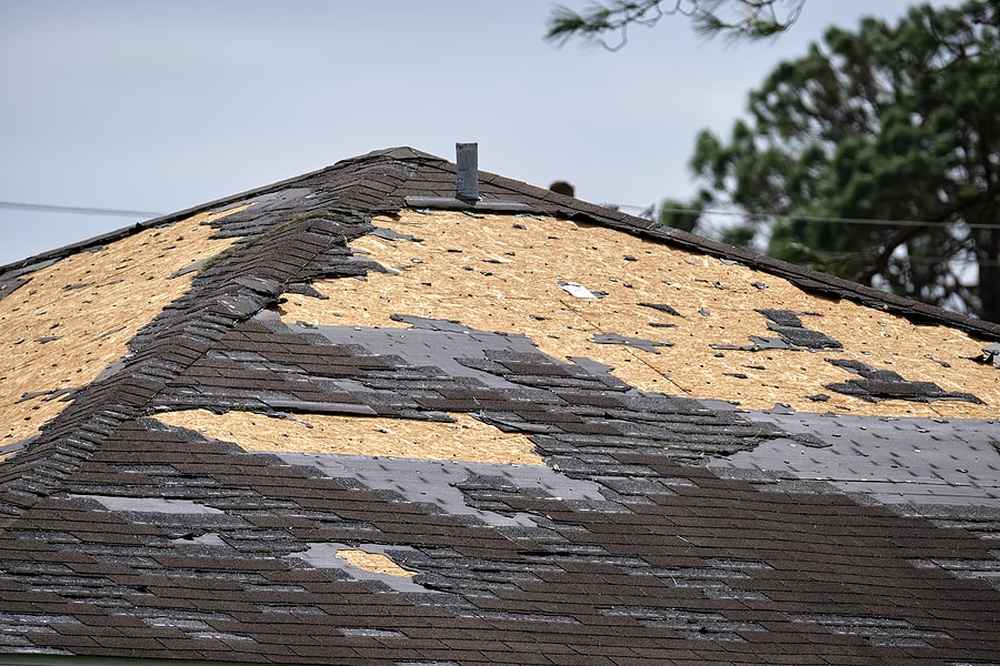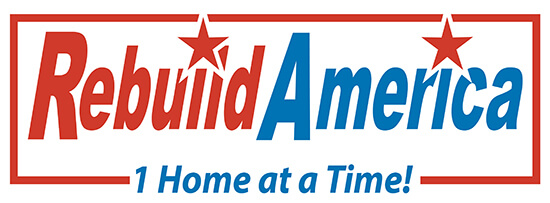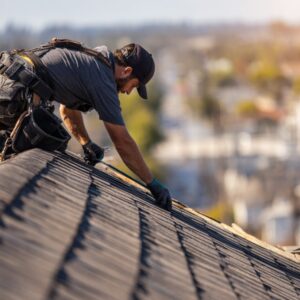August on Long Island can be brutal. The sun beats down, humidity hangs in the air, and if your roof could talk, it’d probably ask for sunscreen.
But while you’re enjoying beach weekends and backyard barbecues, your asphalt shingle roofing in Long Island might be dealing with something else: thermal cracking.
Late summer is when we see a sharp uptick in service calls for cracked, curling, or buckling shingles—especially on homes with aging asphalt roofing systems. If you own a home on Long Island, there’s a good chance your roof is feeling the heat—literally.
In this post, we’ll cover:
- Why asphalt shingles crack more often in late summer
- How Long Island’s climate accelerates roof wear
- What steps you can take now to prevent bigger issues later
Noticed a few shingles starting to curl or split? You’re not alone—and you’re not out of options either.

What Causes Shingle Cracking in Late Summer?
Let’s start with what’s actually happening.
Asphalt shingles expand in high heat and contract as temperatures drop overnight. This thermal cycling stresses the material—especially when the surface is hit with direct sun all day long, then cools quickly at night.
Now add these Long Island–specific conditions:
- High UV exposure during late July and August
- Humidity that softens adhesives and underlayments
- Sudden thunderstorms that drop temps fast after a hot stretch
Over time, this constant expansion and contraction causes hairline fractures in the shingle surface. These can lead to:
- Granule loss (you’ll see it in the gutters)
- Cracks forming across the middle or edges of shingles
- Splits that expose the fiberglass mat beneath
And once that protective layer is compromised, water has a way in.
Local Climate Makes It Worse
Cracking is a national issue for asphalt roofing—but Long Island’s climate accelerates it.
We’re in a unique mix of coastal weather with rapid changes between dry heat and tropical moisture. One week it’s 95° with no wind; the next, a pop-up thunderstorm drops an inch of rain in 20 minutes. Your roof’s materials are constantly adapting—and not always successfully.
What’s more, many homes in Suffolk and Nassau counties were roofed more than 10–15 years ago, using older shingle lines that lacked today’s advanced flexibility or UV protection. If your shingles were installed pre-2010 and are now showing signs of cracking, they may simply be at the end of their design life.
At Rebuild America, we’ve seen firsthand how poor ventilation, subpar installation, and outdated products can speed up the breakdown process—especially during Long Island’s hottest months.
What Are the Warning Signs?
Most homeowners don’t notice shingle cracking until water damage appears inside the house. But by then, repairs are usually more expensive.
Here are some signs your Long Island asphalt shingle roofing might be breaking down:
- Fine cracks along the shingle surface, especially in a horizontal line
- Granule shedding visible at the base of downspouts or in gutters
- Edges lifting or curling, even if nails are still intact
- Discoloration or uneven color patches (indicates aging and UV wear)
- Moss or algae streaks, which trap moisture and further weaken the material
If your roof has a mix of these symptoms, especially on the southern exposure where sun hits hardest, it’s worth getting it looked at before storm season begins.
How to Prevent Asphalt Shingle Cracking
You can’t change the weather—but you can extend the life of your roof by focusing on the controllables. Here’s what we recommend for homeowners with asphalt shingle roofs on Long Island:
1. Ventilation is Non-Negotiable
A properly ventilated attic keeps the roof deck cooler and reduces the stress of thermal cycling. Without it, heat builds up under your shingles and accelerates cracking.
Check that:
- Ridge vents and soffit vents are clear and working
- Your attic doesn’t feel like a sauna during the day
- Insulation isn’t blocking airflow
2. Gutter Maintenance = Roof Health
Clogged or sagging gutters trap moisture along the edge of the roof, which breaks down the adhesive layers of shingles and leads to premature cracking.
Clean your gutters 2–3 times a year and make sure downspouts are directing water away from the house.
3. Trim Overhanging Trees
Too much shade can trap moisture on your roof, while falling limbs and debris can directly damage weakened shingles. Tree branches should be trimmed back to allow light and airflow—especially over low-slope sections.
4. Get a Mid-Year Inspection
Don’t wait until fall to deal with roofing issues. Late summer is actually a smart time to schedule a professional inspection—especially if your home’s roof is 10+ years old.
We can spot early cracking, recommend repairs if needed, and give you a sense of how much life is left in your system.
Deep Dive: Are All Asphalt Shingles Created Equal?
Short answer? Nope.
Older three-tab shingles are more prone to cracking under heat stress than modern architectural shingles, which are thicker and better engineered for thermal movement.
Today’s best-in-class shingles—like GAF Timberline HDZ—have advanced adhesives, fiberglass reinforcement, and UV-blocking granules that significantly improve resistance to cracking and curling.
If your current shingles are nearing the end of their warranty or were installed more than 15 years ago, now is the time to explore an upgrade. Newer systems also allow for extended warranties, improved wind ratings, and solar-ready options.
Pros and Cons of Asphalt Roofing on Long Island
| Pros | Cons |
| Affordable & widely available | Susceptible to heat cracking over time |
| Easy to install & repair | Lifespan can vary based on quality of install |
| Compatible with solar | UV exposure can accelerate wear |
| Multiple color/style options | Not as durable as metal or slate in extreme heat |
That said, for the majority of homeowners, asphalt shingle roofing remains the most practical and cost-effective choice—especially when it’s maintained properly.

Long Island Roofing FAQs
Why do asphalt shingles crack during Long Island’s late summer heat?
Asphalt shingles crack during Long Island’s late summer because of extreme heat and temperature swings. The shingles expand in the sun and contract at night, creating stress fractures in the material. Over time, this leads to visible cracking—especially on older asphalt shingle roofs in Long Island that have already begun to wear out.
How do I know if my asphalt roof is starting to crack?
You can tell your asphalt shingle roofing on Long Island is cracking if you see small fractures across the shingles, granules collecting in your gutters, or edges starting to curl. These are early warning signs that the roof’s protective layer is breaking down under heat stress.
What should I do if I see cracked shingles on my roof?
If you see cracked shingles, the best thing to do is schedule a professional inspection. Cracked shingles on a Long Island asphalt roof can lead to water leaks, rot, and larger repair bills if ignored. A roofer can assess whether spot repairs or a replacement is needed.
Can asphalt shingle cracking be prevented on Long Island homes?
Yes, you can help prevent cracking by improving ventilation, keeping gutters clean, and trimming overhanging branches. For Long Island homes with asphalt shingles, it’s also smart to get mid-year inspections—especially during hot months like July and August.
How long do asphalt shingle roofs last on Long Island?
Most asphalt shingle roofs in Long Island last 25 to 30 years with proper maintenance. However, late summer heat and poor installation can shorten that lifespan significantly. If your roof is over 15 years old and showing signs of cracking, it may be time to consider a replacement.
Are newer asphalt shingles better at resisting heat damage?
Yes, today’s architectural shingles—like GAF Timberline HDZ—are more resistant to UV rays and heat cracking than older three-tab shingles. If you’re dealing with frequent roof issues, upgrading your Long Island asphalt shingle roofing system could save you money long term.
Don’t Wait for the Cracks to Spread
Late summer is the silent stress test for your roof. You might not see the damage today—but it’s building under the surface.
Whether you’ve got GAF shingles from 2010 or an older three-tab system that’s holding on by a thread, now’s the time to get ahead of it. Because once fall storms hit, those small cracks become big leaks—and that’s a much bigger problem.
We’ve been replacing and repairing Long Island asphalt shingle roofing for over three generations. If your roof is talking, let’s make sure you’re listening—before it starts shouting.
Schedule your appointment today before those late-summer cracks turn into full-blown repairs.



